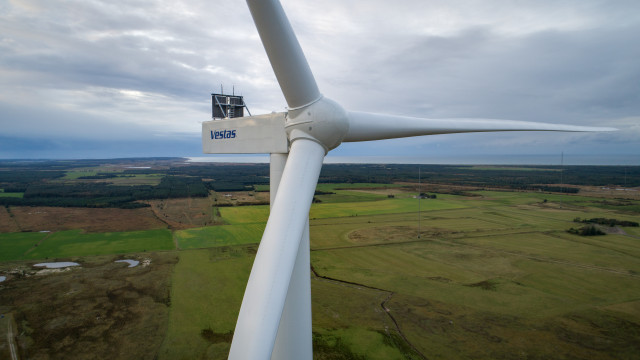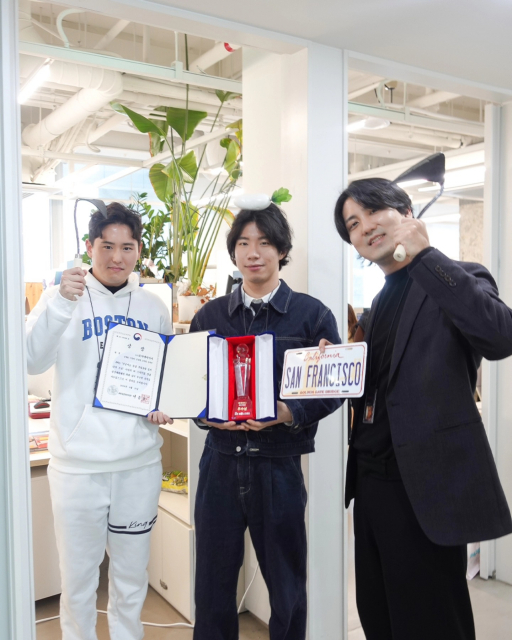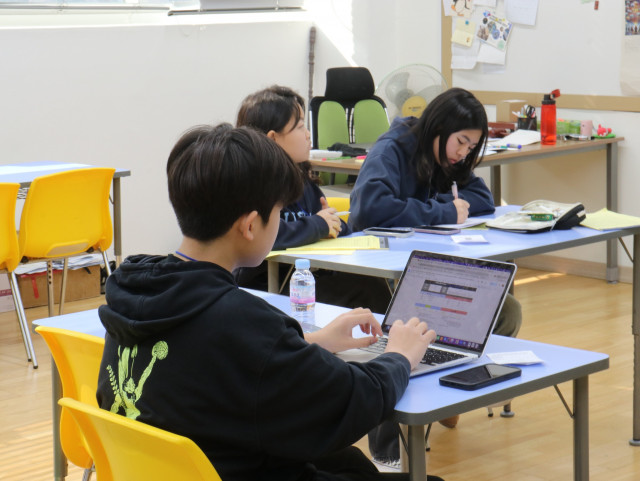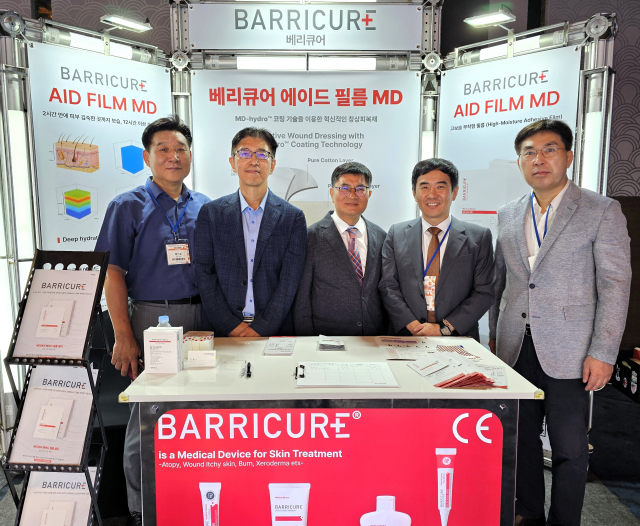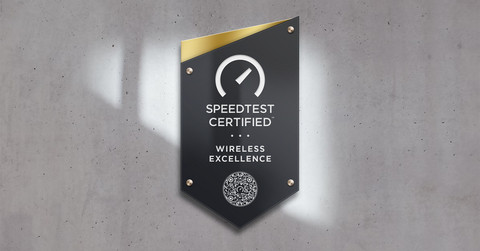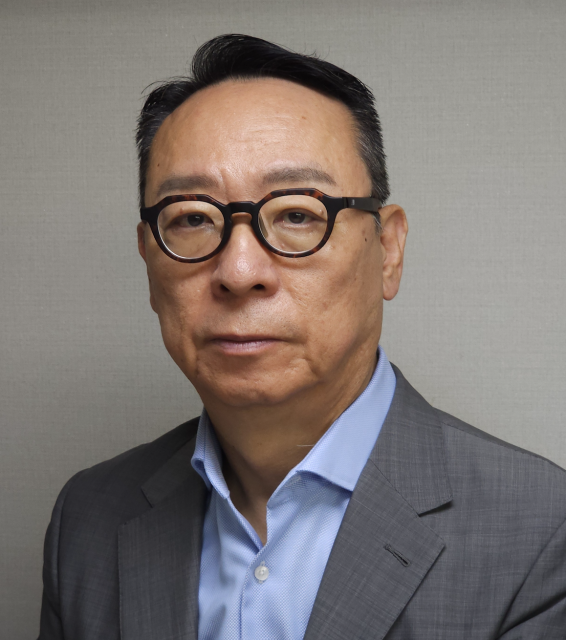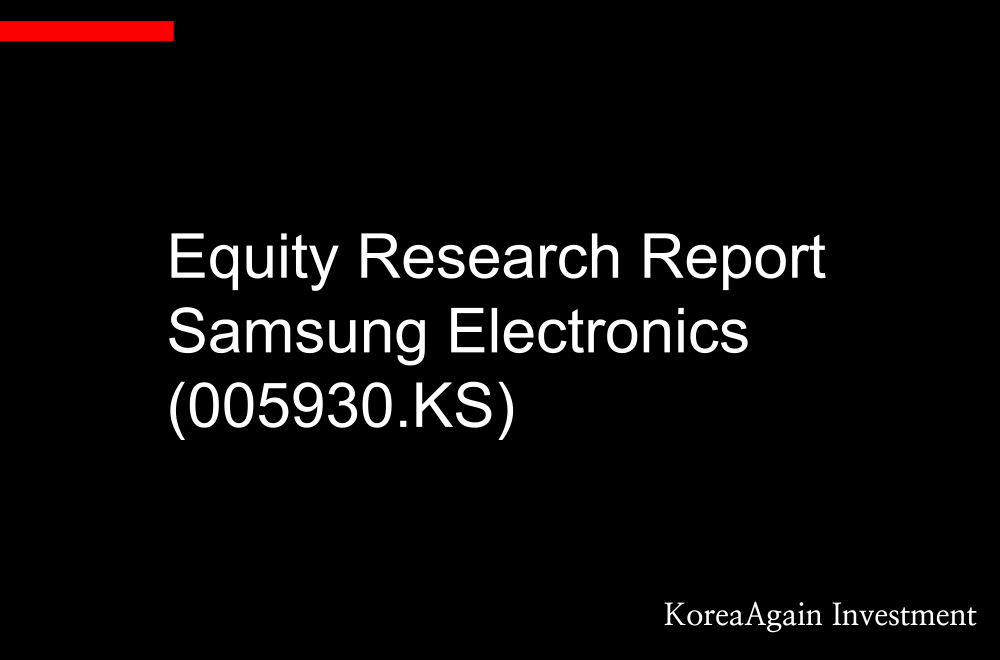
1. Investment Thesis
- Current Price: KRW 59,300 (as of October 11, 2024)
- Market: KOSPI
- Rating: Neutral (previously Buy)
- Target Price: KRW 65,000 (revised down from KRW 75,000)
- Key Risks: Memory semiconductor market oversupply, delays in HBM business, underperformance in the foundry segment, and rising competition from SK Hynix and TSMC.
We maintain a Neutral rating on Samsung Electronics as the company faces multiple headwinds across its semiconductor and foundry businesses. While long-term growth prospects in AI-related semiconductors and high-performance memory solutions remain intact, near-term challenges from oversupply, competitive pressures, and lower-than-expected earnings weigh heavily on investor sentiment.
2. Recent Earnings and Operational Performance
- Q3 2024 Earnings: Significantly missed market expectations, prompting an official apology from Samsung’s management. Operating profit was well below consensus due to continued weakness in the memory and foundry sectors.
- Semiconductor Segment: Memory demand for DRAM and NAND has declined as the global smartphone and consumer electronics markets slow. Additionally, Samsung’s HBM (High Bandwidth Memory) business, which is critical for AI applications, has faced delays in production ramp-up, further impacting earnings.
- Foundry Segment: Samsung has struggled to close the gap with market leader TSMC. Issues with yield rates and securing major customers have led to underperformance. TSMC’s 62% market share compared to Samsung’s 13% reflects this ongoing competitive gap.
3. Market Landscape and Competitive Analysis
- Memory Market: The global memory market is facing excess supply, leading to downward pressure on prices. While AI-driven demand for HBM and SSDs is growing, it has not been enough to offset the oversupply in traditional memory products.
- Competitor Performance: SK Hynix, Samsung’s closest competitor, is expected to surpass Samsung in Q3 2024 operating profit for the semiconductor division. The company has made significant gains in the AI memory space, particularly in HBM, where it leads in the latest HBM3E production.
- Foundry: TSMC continues to dominate the foundry market, supported by strategic customer relationships with Apple and Nvidia. Samsung’s inability to secure significant new customers in the 3nm process has widened the competitive gap. Furthermore, reports indicate Google has chosen TSMC over Samsung for its next-generation mobile chip production.
4. Near-Term Challenges
- Supply-Demand Imbalance: The memory chip market, particularly DRAM, is facing an oversupply situation that is unlikely to correct until late 2025. The overproduction has led to aggressive price cuts, impacting Samsung’s profitability.
- Operational Struggles in Foundry: Samsung’s foundry business is underperforming due to lower-than-expected yield rates in its 3nm process. This has deterred potential customers, slowing growth in a segment where the company aims to compete with TSMC.
- Regulatory and Geopolitical Risks: Increased trade restrictions and tensions between the US and China are impacting the global semiconductor supply chain. Samsung, with its heavy reliance on both markets, faces substantial uncertainty related to future production and sales in these regions.
5. Long-Term Growth Catalysts
- AI and Data Center Growth: Despite current challenges, Samsung’s long-term prospects in the AI and data center markets remain strong. HBM demand, driven by AI applications and high-performance computing, is expected to grow exponentially, and Samsung is well-positioned to capitalize on this with its next-generation HBM4 and HBM4E products.
- Technology Leadership: Samsung continues to invest heavily in R&D, particularly in advanced memory and 2nm foundry technologies. If the company can improve yield rates and secure major customers, it could regain some lost market share from TSMC.
- Cost-Cutting and Restructuring: Samsung has initiated a large-scale internal restructuring to improve efficiency. The company’s end-of-year leadership reshuffle and organizational restructuring are expected to streamline operations and refocus its efforts on core growth areas, such as AI chips and advanced node technology.
6. Stock Performance and Valuation
- Recent Price Action: Samsung’s share price has seen significant downward pressure, dropping from KRW 64,700 on September 26 to KRW 59,300 as of October 11, 2024, reflecting a 9% decline over the period. This has been primarily driven by earnings disappointment and market concerns over the semiconductor business outlook.
- Valuation: The stock is currently trading at a P/E ratio of 12.5x, which we view as fair given the near-term earnings outlook and the uncertainty surrounding the semiconductor cycle. While the stock appears cheap relative to historical levels, we believe the risk/reward balance remains neutral until there is greater visibility on earnings recovery.
7. Investment Risks
- Downside Risks: A prolonged downturn in the memory market, further delays in HBM production, and continued underperformance in the foundry segment could lead to additional downward revisions in earnings estimates and target price. Additionally, geopolitical risks and regulatory changes in major markets (US, China) pose significant challenges to Samsung’s global operations.
- Upside Risks: A faster-than-expected recovery in memory prices, particularly driven by AI demand, could provide a positive surprise to earnings. Successful execution of the company’s restructuring efforts and technology advances in foundry and HBM segments would likely lead to a rerating of the stock.
8. Conclusion
While Samsung Electronics remains a leader in the global semiconductor industry, the near-term outlook is clouded by a combination of cyclical downturns, competitive pressures, and operational challenges. We have downgraded the stock to Neutral given the lack of clarity on earnings recovery and the ongoing issues in its core businesses. Investors are advised to remain cautious in the short term but keep an eye on potential long-term opportunities in AI-driven semiconductor demand.



